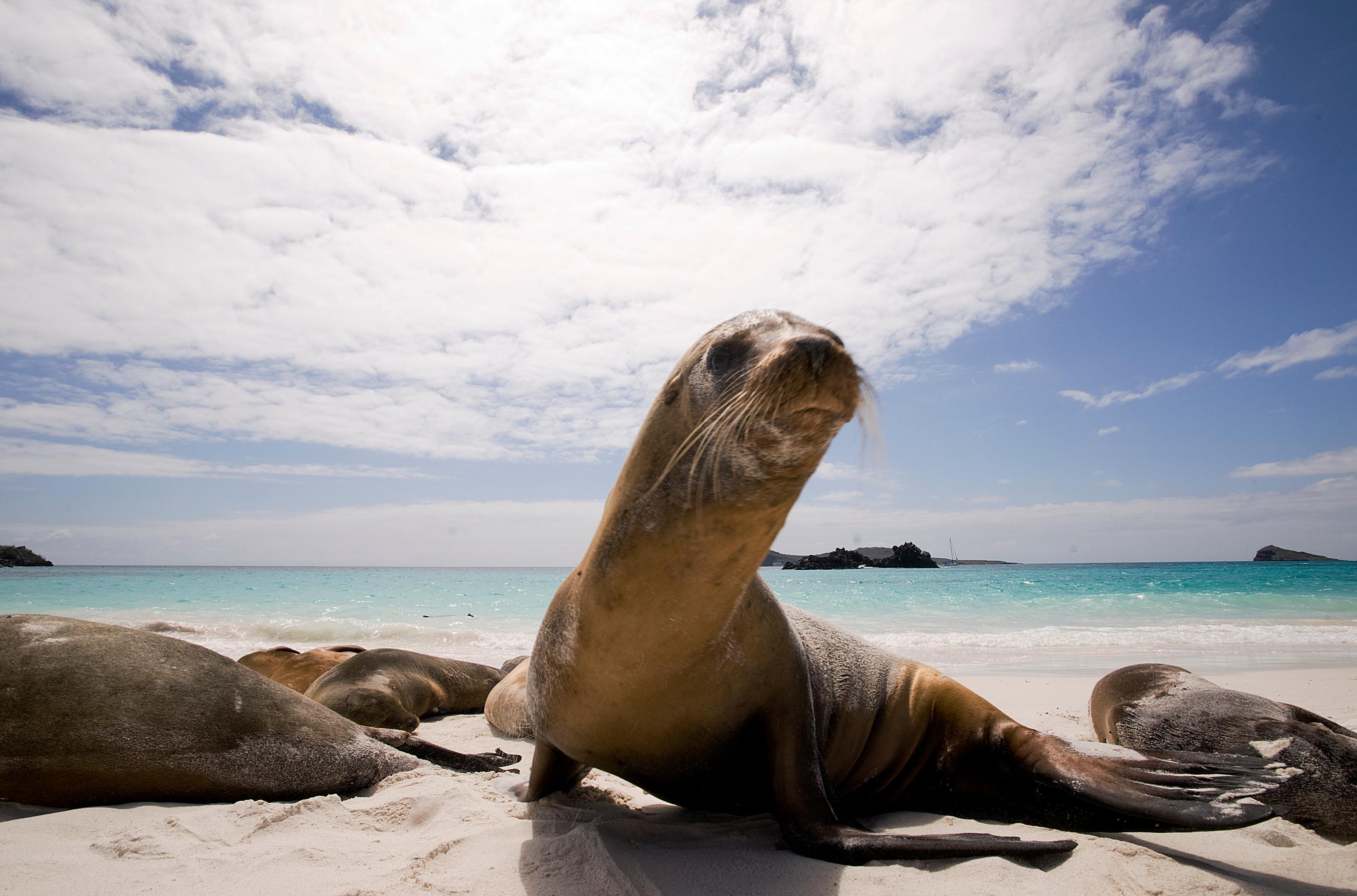When you think about the world’s most cherished cultural and natural landmarks, your mind may wander to the dry-stone walls of Machu Picchu or the Great Pyramid of Giza or the temples at Angkor.
For more than 50 years, UNESCO has designated World Heritage sites like these for protection due to their “outstanding universal value.”
Turns out, there's another big reason these marvels are irreplaceable: their biodiversity.
A new report from UNESCO and the International Union for Conservation of Nature (IUCN) reveals that 20 percent of all mapped species reside within World Heritage sites — an impressive figure given that they span just 1 percent of the Earth’s surface.
Using an analysis from Conservation International, the report found that World Heritage sites are home to 75,000 species of plants and encompass more than half of all known mammal, bird and hard coral species in the world.
“World Heritage sites preserve not only our cultural heritage, but our planet’s biodiversity heritage as well,” said Conservation International scientist Patrick Roehrdanz, who collaborated on the analysis. “I didn’t fully appreciate the degree to which that Venn diagram overlaps. This analysis gives us a fuller understanding for how important these areas are for global conservation.”
At a time when more than 1 million species are at risk of extinction and countries have agreed on a global goal to protect 30 percent of land and seas by 2030, understanding and accounting for the value of biodiversity is critical, Roehrdanz said.
This study offers the best view yet into the wildlife and plants contained within World Heritage sites. According to the research, the protections that come with UNESCO’s designation — such extensive management plans and reliable financial support — have proven fundamental to fending off species extinction.
For example, globally there are roughly 10 remaining Vaquitas, the world’s smallest cetacean; 60 remaining Javan Rhinos; and 200 remaining Pink Iguanas — and they all live in World Heritage sites (the Islands and Protected Areas of the Gulf of California, Ujung Kulon National Park in Indonesia, and the Galápagos Islands, respectively).
The Komodo National Park in Indonesia is home to the last remaining Komodo dragons, the largest lizard on the planet. And the Galápagos are also home to the world’s only sea-going lizard, marine iguanas.
Using species range data from the IUCN Red List and Birdlife International, Conservation International researchers produced species-level statistics for each UNESCO site. Through an app, users can easily search each site, finding the species in each location within seconds.
Experts hope that coupling landmarks’ cultural significance with the value they represent for nature will inspire future conservation initiatives. As a next step, UNESCO is calling for World Heritage sites to be included the formal biodiversity action plans countries have devised to reach global targets for protecting nature.
“As the conservation movement looks to ramp up our ambition, it’ll be crucial that we fully account for — and map — Earth's biodiversity," Roehrdanz said. “We can use that context to take more informed, more rapid and more substantial action.”
Max Marcovitch is a staff writer at Conservation International. Want to read more stories like this? Sign up for email updates here. Donate to Conservation International here.
